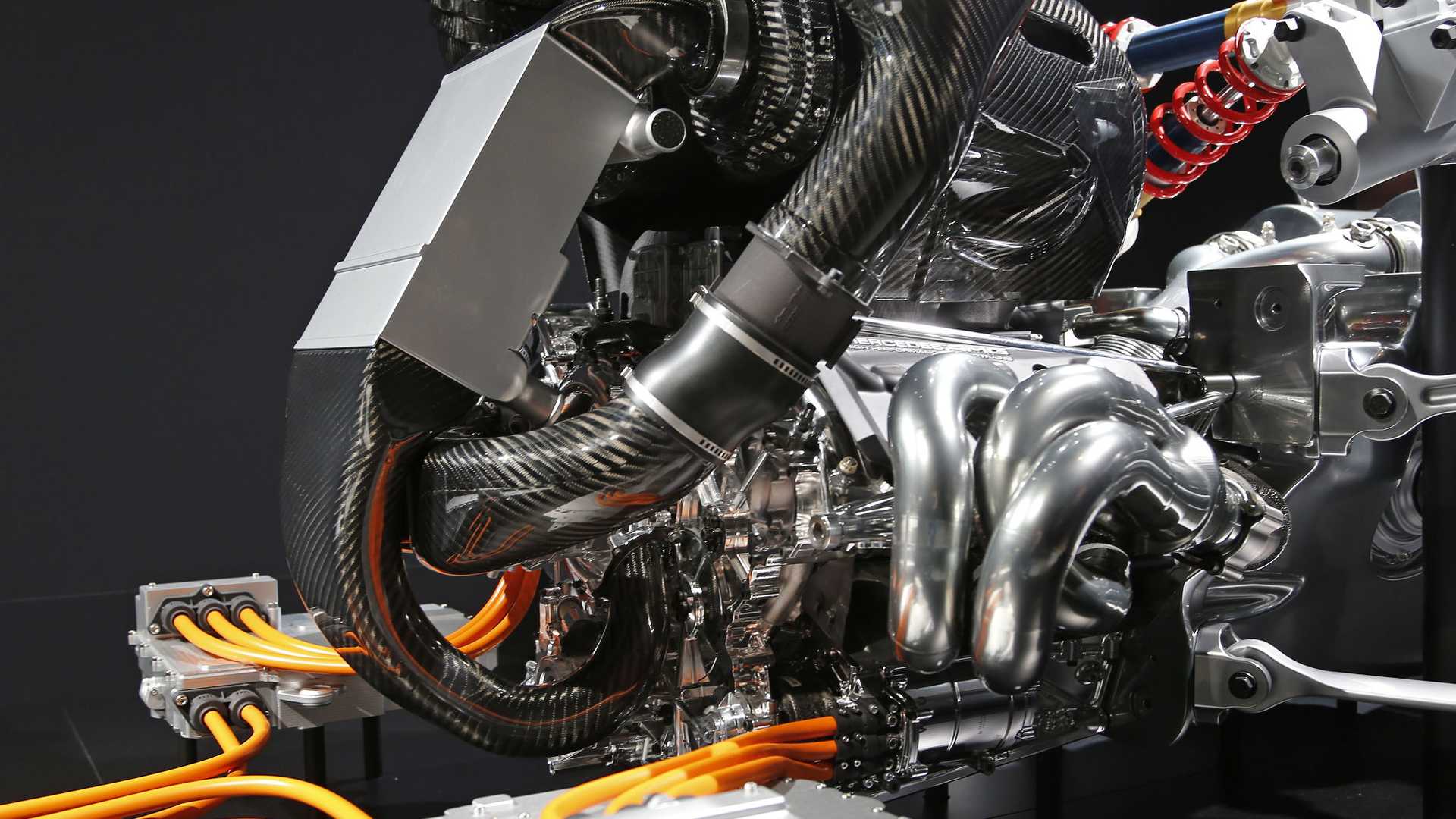atanatizante wrote: ↑05 Jan 2018, 15:02
Thanx dude for your clarifications! But I have one more question : in the above mentioned AMuS article they said Merc PU has 949HP which is the powerful PU from all manufacturers. Then they also stated that their MGU-H is so good that it could deliver electric power to MGU-K for the entire lap, had I`m not get this wrong. So my question is : Merc PU has that top end power for the entire lap or in other words their MGU-H is so developed/powerful that it could sustain both harvesting the ERS and to deliver for the remaining time in every second 120kW to the MGU-K? And a additional one (sorry:) ... ). In harvest mode, it`s allowed that MGU-H could deliver electric power both for ERS and MGU-K in the same time?
My question is; how exactly does AMuS know this?
The only info we have (which is stuff released by HPP which we have to accept on blind faith, and various sources for GPS data) is that their fuel has 1240kW of energy available (in 2015) and that HPP report having achieved 50% TE (in 2017). That coupled with the fact that the K is limited to a max output of 120kW give us the power figures.
So, 620kW from the ICE and 120kW from the K give us 740kW. Calculate that however you want to convert to hp, but using hp(i) for the ICE and hp(e) for the K seems reasonable. That gives us a total HP number of 992hp by my basic calcs (maybe someone can check my 'back of the napkin' maths?).
I guess you could say 992hp is full tilt 'quali mode', so 949hp for race mode is not unreasonable.
The stuff we don't know is the real head scratcher, such as:
- Is that 50% TE with the compressor running in full electric mode? We have to assume yes...
- Is the 1240kW fuel number current? Doubtful...
- Is there some truly tricky stuff going on with K-H-ES-H-K transfers? Who knows?!!
- Can the K really sustain 100% duty for the whole race? Doubtful.
- How much power can the H recover?
- How long can the ICE be run at '11'?
etc, etc, etc...
All of the above is why I love this engine formula.






